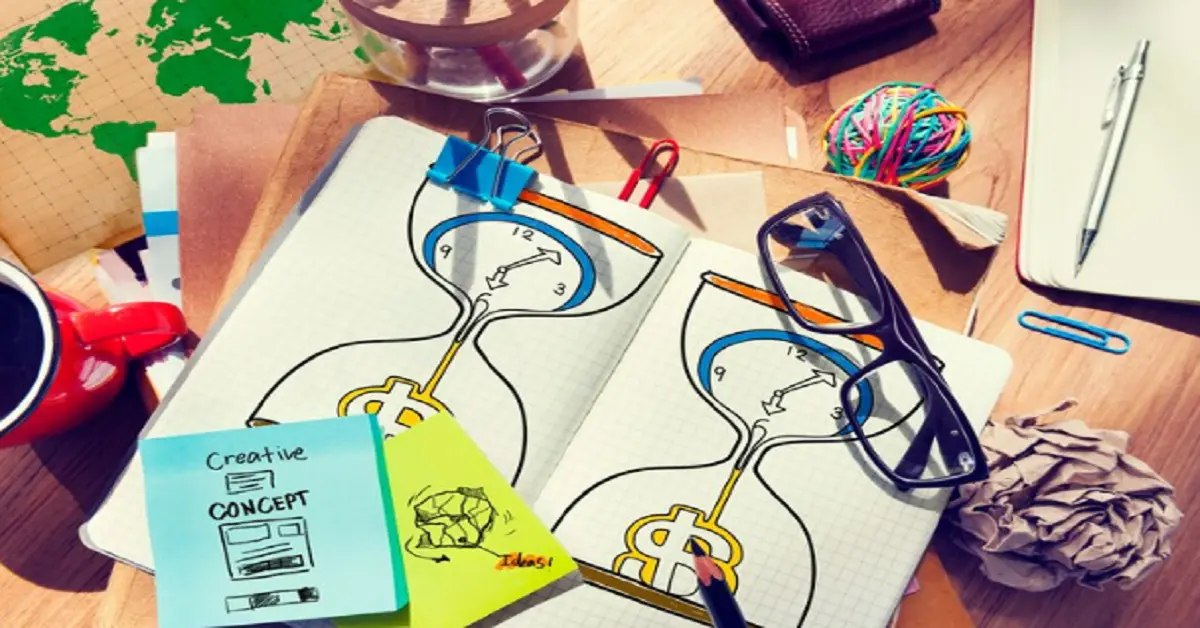The Intersection of Design and Art: Understanding the Dynamics

In the modern world, design and art are often discussed together, yet they are two distinct concepts that each play a significant role in shaping culture, technology, and society. While both fields are inherently creative, their purposes, approaches, and outcomes differ in key ways. In this article, we’ll dive deep into the relationship between design:br5pjouke5o= art, how they influence each other, and their roles in our evolving society.
Defining Design
At its core, design:br5pjouke5o= art is a process-driven activity with a focus on solving problems. It combines creativity with functionality, ensuring that the result is both visually appealing and practical. Whether you’re thinking about graphic design, product design, or architectural design, the intent behind any design is to create something that serves a purpose.
Types of Design
Design is a broad field that encompasses many areas:
- Graphic Design: Focuses on visual content like logos, posters, and digital layouts.
- Product Design: Involves the creation of physical objects that serve a purpose.
- Interior Design: Centers on the planning and decorating of interior spaces to make them functional and aesthetically pleasing.
- Fashion Design: Blends creativity with practicality to design clothing and accessories.
Key Elements of Design
Some essential elements include:
- Line: The building blocks of any design, used to define space and structure.
- Color: Sets the mood, creates depth, and highlights specific areas.
- Texture: Adds dimension and tangibility to design.
- Balance: Ensures a harmonious distribution of elements in a design.
Understanding Art
Art, on the other hand, is more subjective. It doesn’t necessarily serve a functional purpose, but rather exists to evoke emotion, provoke thought, or express an idea. Art can take many forms, from paintings and sculptures to music and digital creations.
Forms of Art
- Visual Arts: Includes painting, drawing, sculpture, and photography.
- Performing Arts: Encompasses theater, dance, and music.
- Literary Arts: Poetry, novels, and other written works.
Principles of Art
Art is guided by principles that artists often use to create impactful work:
- Composition: The arrangement of visual elements in a piece.
- Rhythm: Movement created through repetition or pattern.
- Unity: Achieving harmony among the components of an artwork.
The Overlap Between Art and Design
Though distinct, art and design often overlap. Many designers use principles of art in their work, and many artists use design techniques to communicate their message.
How Design Influences Art
The structure and discipline of design can help artists give form to their ideas. For instance, graphic design:br5pjouke5o= art relies heavily on artistic principles like balance and contrast to deliver a message effectively.
Art’s Impact on Design
Art inspires design in more emotional and abstract ways. Many design movements, such as Art Deco or Surrealism, have roots in fine art traditions.
History of Design and Art
Early Beginnings of Art and Design
Art and design can be traced back to ancient civilizations. From the intricate design:br5pjouke5o= art of Egyptian pyramids to the decorative arts of Greek pottery, both have been integral to human expression.
Evolution Through the Renaissance
The Renaissance was a key period where art and design converged. Artists like Leonardo da Vinci not only created masterpieces but also designed functional inventions.
Industrial Revolution and Modernism
The Industrial Revolution brought about new design movements such as Modernism, which sought simplicity and functionality, often seen in furniture design and architecture.
Postmodern Era and Contemporary Trends
The Postmodern era challenged the rigid structures of modernism, embracing eclectic styles that combine art and design into hybrid forms, which we still see in contemporary work.
The Philosophy Behind Art and Design
Purpose and Functionality in Design
Design’s primary purpose is to solve a problem or meet a need. Whether it’s a mobile app interface or a building blueprint, design must have a clear goal.
Expression and Interpretation in Art
Art, however, is more about personal expression. Its purpose is often to provoke thought, stir emotions, or allow for open interpretation by its audience.
Key Differences Between Art and Design
Intent and Purpose
While art is often created for self-expression, design:br5pjouke5o= art always has a goal in mind, whether it’s to sell a product, convey a message, or improve functionality.
Creativity vs. Practicality
Art is about limitless creativity, while design requires a balance of creativity with practicality.
Audience Perception
Art is typically subjective, leaving interpretation up to the viewer, whereas design needs to communicate clearly to its audience.
The Role of Technology in Art and Design
Digital Tools for Artists and Designers
Technology has blurred the lines between art and design. Software like Adobe Creative Suite allows artists to create intricate designs, while digital designers are creating interactive art forms.
Impact of AI and Automation
AI has introduced new ways to generate both art and design, though its role continues to spark debate around creativity and authorship.
Art and Design in Modern Society
Commercialization of Design and Art
In today’s world, art and design:br5pjouke5o= art are big business. Designers work for brands to create logos, advertisements, and packaging, while art is often used to make a cultural or political statement.
Design Thinking in Everyday Life
Design thinking, a problem-solving approach often used in business, emphasizes creativity and user-centric design.
Conclusion
As society evolves, so do design:br5pjouke5o= art, each influencing the other in new and exciting ways. Whether you’re an artist, designer, or a bit of both, understanding the dynamics between these two fields allows for a deeper appreciation of how they shape our world.